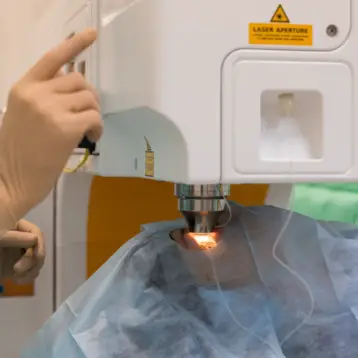|
Formerly known as juvenile-onset or insulin-dependent diabetes, type 1 diabetes develops when the body’s immune T-cells attack and destroy its own pancreatic, insulin-producing, beta cells. Due to this autoimmune destruction, the body is unable to produce insulin, a hormone that enables glucose from food to enter cells and be converted into energy. Type 1 diabetes usually appears before the age of 40 and diabetics are at risk of serious complications of dangerously high blood sugar levels, including heart disease, kidney failure, and blindness. Pregnant women with type 1 diabetes are seven times more likely to have a stillbirth. Therefore, more than 21 million individuals suffering from type 1 diabetes are required to receive insulin injections two to three times a day.
Previous attempts to treat type 1 diabetics were primarily focused on restoring their immune tolerance. However, as inflammation in muscle and fat is known to prevent insulin from triggering the transfer of glucose from the blood into insulin-sensitive tissues in type 2 (non-insulin dependent) diabetes, BIDMC’s investigators decided to examine the role of inflammation in type 1 diabetes.
The roles of autoimmune destruction of insulin-producing cells and inflammation-induced insulin resistance in type 1 diabetes were tested by administration of a “cocktail” of three separate agents, aimed at both increasing tolerance and decreasing inflammation, in a NOD (Non-Obese Diabetes) mouse model of type 1 diabetes. These newly diagnosed diabetic mice received the triple therapy for two to four weeks and then maintained normal levels of blood sugar, while the control group of diabetic mice, which received only insulin, did not survive the month-long period. Another drug, lacking the anti-inflammatory agent, successfully reduced the autoimmune destruction of beta cells, but did not reverse the disease. Restoration of sensitivity to insulin and the consequent maintenance of normal blood glucose levels were therefore linked to the blocking of inflammatory processes.
|
“Although the treatment halted the progressive loss of insulin producing cells, the restoration of normal blood glucose levels actually was the result of inflammation being ablated in fat and muscle cells. By blocking the inflammation, we were able to restore the animals’ abilities to respond to insulin.”, explains Terry Strom, MD, Director of the Transplantation Research Center at BIDMC and Professor of Medicine at Harvard Medical School. His colleague, Maria Koulmanda, MSc, PhD, Director of Non-Human Primate Research in BIDMC’s Transplantation Research Center, added “It is urgent to identify treatments that can restore normal blood glucose levels in patients with new-onset diabetes before insulin-producing cells are totally destroyed. We hope that our findings offer new hope in the long search for a cure of type 1 diabetes.”
While the desired effects of the new triple combination therapy have been demonstrated only in animals, the researchers are currently planning to conduct human trials. Suggesting a previously unrecognized role for inflammation in type 1 diabetes, their findings could have major clinical significance in providing a new pathway for the initial treatment of new-onset diabetics.
Other researches of type 1 diabetes previously covered by TFOT include a project for the engineering of a nanostructure that releases insulin into the blood in response to high blood-sugar levels, development of stem cell therapies, and a non-invasive device for monitoring blood glucose levels.
Further information regarding the three-drug diabetes therapy is available in the news page of the BIDMC website. (as well as here).











